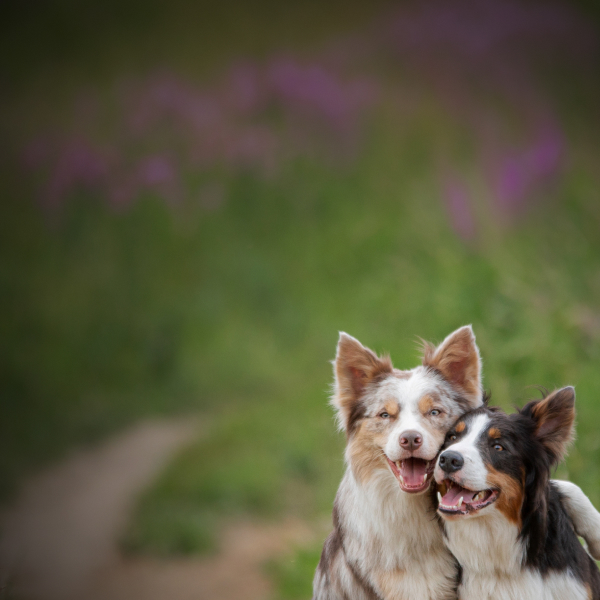
Get a free pet insurance quote in less than 60 seconds!
Easily compare quotes from the most trusted pet insurance companies in the United States.

- A swelling or lump that seems out of place
- Your dog obsessively licking or scratching at a specific area
- Redness or irritation around the lump
- Skin abscess
- Signs of pain when you touch the spot
- Fever, fatigue, or a lack of appetite in more serious cases
- Adult botflies lay eggs near rodent burrows or on plants.
- Eggs hatch into larvae upon contact with a warm host, like a dog.
- The larvae burrow into the host’s skin, forming a cyst where they develop.
- Once fully grown, the larva exits the skin and continues its lifecycle in the soil.
- X-rays or CT scans to rule out deeper infestations or complications.
- Lab tests to ensure it’s not another type of infection.
- Sedation or local anesthesia: To keep your dog calm and comfortable.
- Careful larva extraction: The vet will widen the breathing hole slightly and gently remove the larva using special tools.
- Wound cleaning: To prevent infection and promote healing.
- Medications: Antibiotics or anti-inflammatory drugs might be prescribed to ensure the wound stays clean and infection-free.

Worried about the cost of treating your pet's symptoms?
Pet Insurance covers the cost of many common pet health conditions. Prepare for the unexpected by getting a quote from top pet insurance providers.

- Clean the wound as directed by your vet.
- Keep your dog from licking or scratching at the area (a cone/e-collar might be your best friend here).
- Give any prescribed meds on schedule, even if your dog seems back to normal.
- Avoid letting your dog roam near rabbit and rodent burrows or wooded areas, especially during peak botfly season.
- Check your dog’s fur and skin regularly, especially after outdoor adventures.
- Use vet-approved insect repellents to ward off pests.
- Limit outdoor time in areas known for botflies during warmer months.
16 found this helpful
16 found this helpful
4 found this helpful
4 found this helpful
6 found this helpful
6 found this helpful
21 found this helpful
21 found this helpful
4 found this helpful
4 found this helpful
0 found this helpful
0 found this helpful
0 found this helpful
0 found this helpful

Get a free pet insurance quote in less than 60 seconds!
Easily compare quotes from the most trusted pet insurance companies in the United States.

